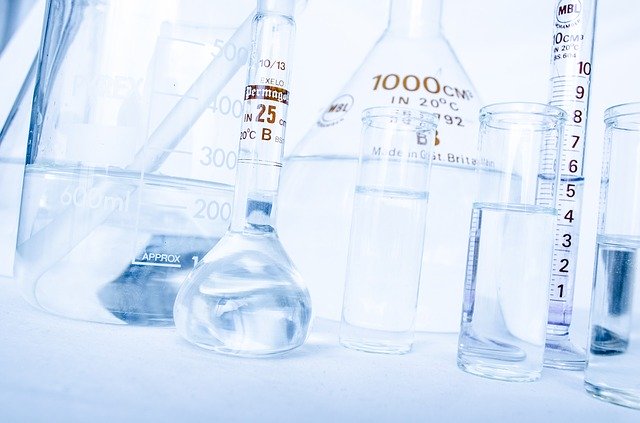Liquid Mixing Process – A summary
Liquid Mixing Process – A summary
Liquid mixing is a vital process in pharmaceutical and chemical companies. Without proper mixing, a company will have increased costs and unsatisfactory product quality. However, the liquid mixing process is somewhat complicated and involves different phases.
Equipment used in the liquid mixing process

A mixing vessel is an essential part of all liquid mixing process. These vessels provide the required room for mixing and stirring of the materials. However, note that the mixing characteristic will influence the efficacy of the process and product quality.
A stirred tank is the commonly used mixing vessels in different institutions and companies. It features an impeller that rotates to induce mixing. However, the type of impeller used varies from plant to plant, depending on the nature of the task. The basic stirred tank design will feature the following components:
A thick-walled glass construction
Water inlet and outlet
Agitator that ensures continuous and thorough mixing
Baffles for turning aside or holding back the flow of fluids
Heat exchanger for temperature control
The mechanism of mixing
The entire liquid mixing process is based on three fundamental mechanisms; dispersion, distribution, and diffusion. Let us take a quick look at how all these mechanisms come together in the mixing process.
During distribution, the materials are moved through all the vessel regions using bulk circulation currents. Dispersion then facilitates the quick transfer of material throughout the Stirred tank. Diffusion ensures that facilitates proper mixing by ensuring that substances are moved to areas with low concentration from regions with high concentration.
The importance of the liquid mixing process
The stirred tank is not a generic production tool but rather a powerful and critical business tool. A company’s competitive advantage and profitability will depend on the mixer. Understand that through gains in the mixing process, a company can boost both efficiency and performance. A good mixing technique will result in high yields that translate to enhanced profitability.